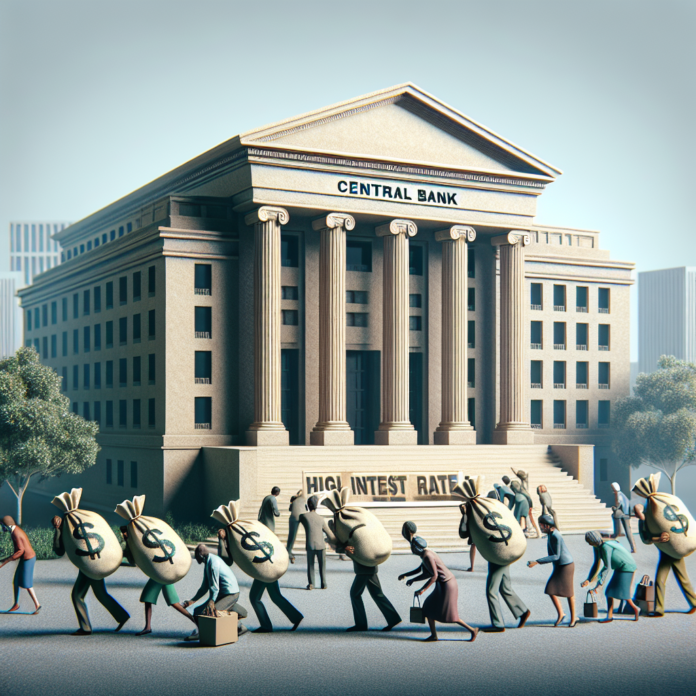
- ORIGINAL NEWS
The Federal Reserve holds interest rates steady, with no immediate relief for consumers from sky-high borrowing costs
- SUMMARY
**Interest Rates Remain Unchanged, Postponing Relief for Consumers** Despite expectations of rate cuts, the Federal Reserve (Fed) has kept interest rates steady.
This means that consumers won’t experience immediate relief from high borrowing costs for mortgages, credit cards, and auto loans.
While inflation has shown signs of easing, it remains elevated, prompting the Fed to delay rate cuts.
However, the possibility of future rate reductions remains on the horizon.
**Credit Cards and Auto Loans: Limited Improvement** Credit card interest rates are directly linked to the Fed’s benchmark rate.
With the rate cuts delayed, average credit card rates will remain high, offering only modest reductions once the Fed lowers rates.
Auto loans, despite being fixed-rate, have been impacted by rising car prices.
Even with potential rate cuts, the combination of higher interest rates and car prices will continue to make monthly payments more expensive.
**Mortgages: Lower Rates, Limited Purchasing Power** Mortgage rates have declined from their peak in October but remain elevated compared to pre-pandemic levels.
While the easing rates may provide some relief, they won’t significantly boost purchasing power for homebuyers facing high prices and limited supply.
**Savings Accounts: Positive Signs** While the Fed does not directly influence deposit rates, savings account rates have risen significantly.
As such, consumers can take advantage of high-yield savings accounts or consider locking in longer-term certificates of deposit for even better returns.
**Student Loans: Minimal Impact for Now** Federal student loan rates are fixed, and most borrowers won’t see immediate changes due to the Fed’s decision.
However, private student loan borrowers with variable rates may already be experiencing higher interest costs.
**Struggling with Debt** For those struggling with high-interest debt, government assistance options exist for federal student loan borrowers.
Private loan borrowers have fewer options but may consider refinancing when rates decline.
Overall, consumers should prepare for continued high borrowing costs despite the Fed’s delayed rate cuts.
However, there are some opportunities for savings in the form of high-yield savings accounts and longer-term certificates of deposit.
- NEWS SENTIMENT CHECK
- Overall sentiment:
negative
Positive
Negative
“The Federal Reserve held rates steady at the end of its two-day meeting Wednesday, delaying the start of rate cuts.”
“The Federal Reserve announced Wednesday it will leave interest rates unchanged, delaying the possibility of rate cuts as well as any relief from sky-high borrowing costs.”
“For consumers, that means “a very slow downward drift in savings rates but no material change in borrowing costs for credit cards, auto loans or home equity lines of credit,” McBride said.”
“Even with some rate cuts on the horizon later this year, consumers won’t see their borrowing costs come down significantly, according to Columbia Business School economics professor Brett House.”
“The costs of borrowing will remain relatively tight in real terms as inflation pressures continue to ease gradually,” he said.”
“Private student loans tend to have a variable rate tied to the prime, Treasury bill or another rate index, which means those borrowers are already paying more in interest.”
“Private loan borrowers have fewer options for relief — although some could consider refinancing once rates start to come down, and those with better credit may already qualify for a lower rate.”


